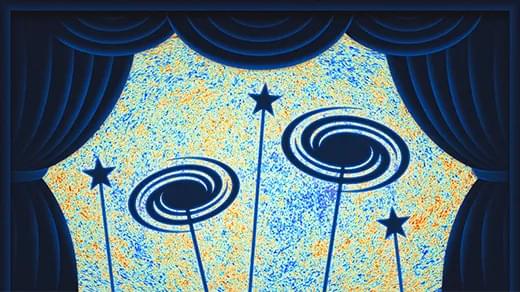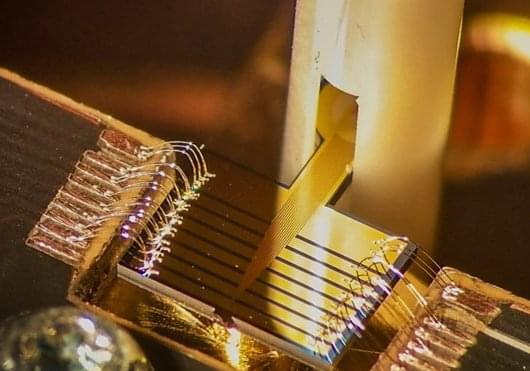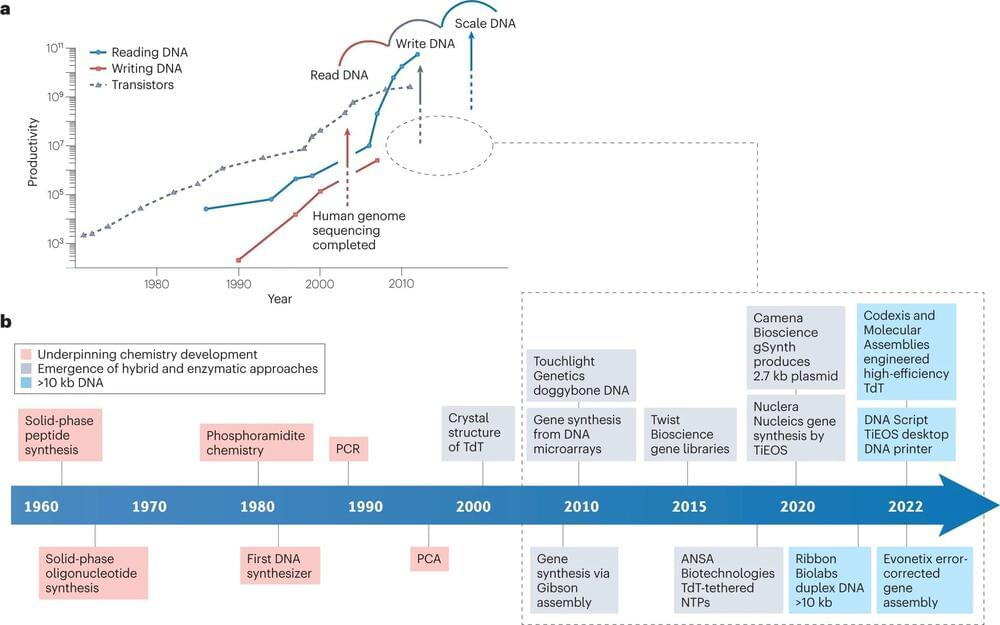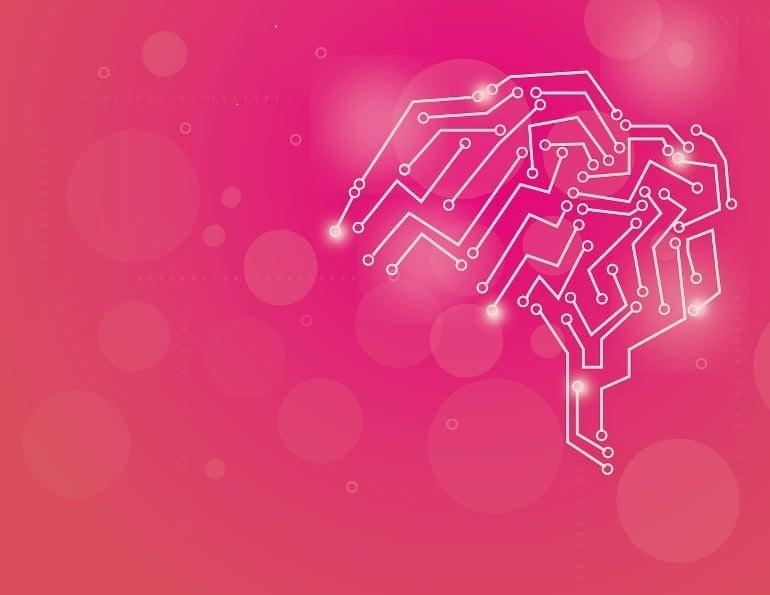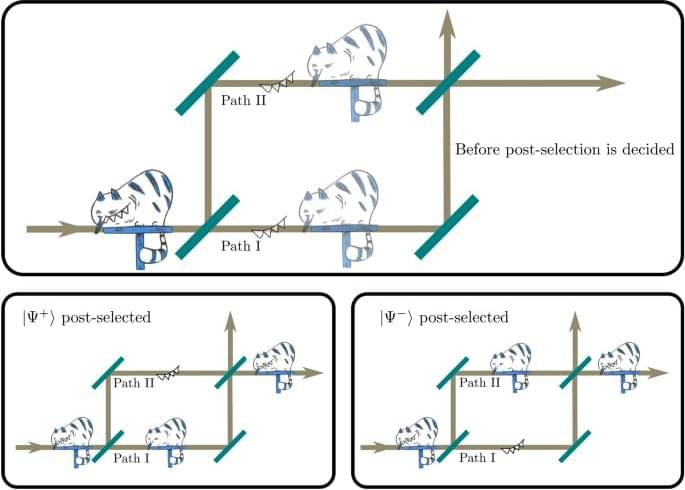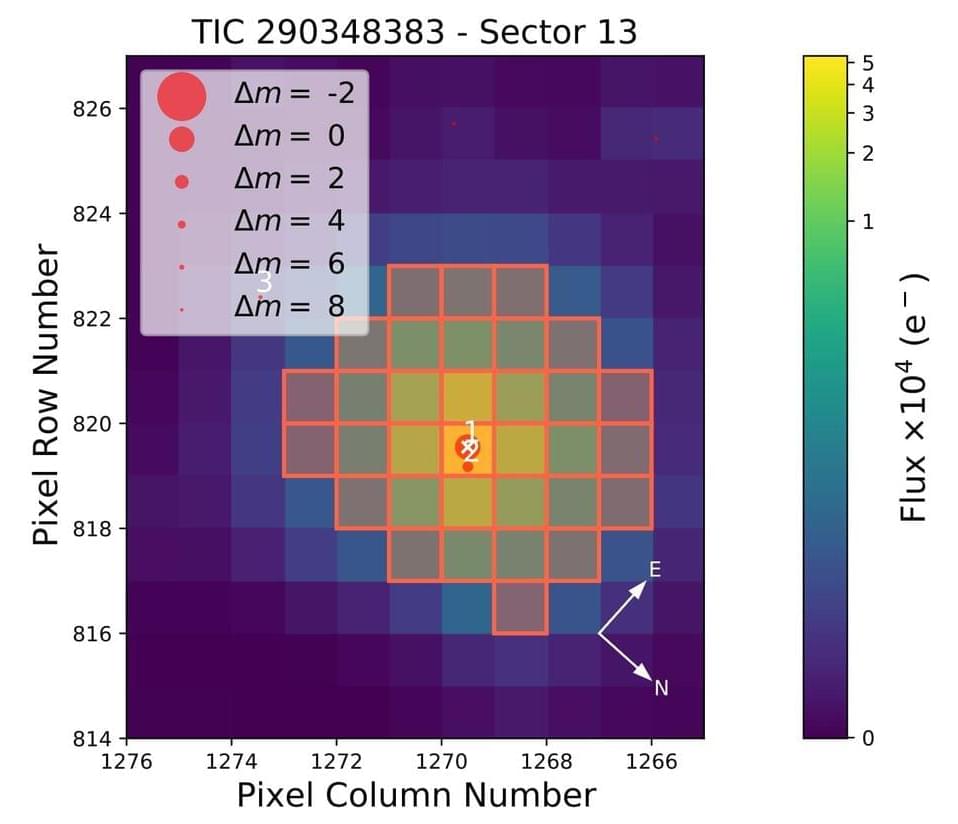Mar 15, 2023
Shadows in the Big Bang Afterglow Reveal Invisible Cosmic Structures
Posted by Dan Breeden in category: cosmology
Over the course of its nearly 14-billion-year journey, the light from the CMB has been stretched, squeezed and warped by all the matter in its way. Cosmologists are beginning to look beyond the primary fluctuations in the CMB light to the secondary imprints left by interactions with galaxies and other cosmic structures. From these signals, they’re gaining a crisper view of the distribution of both ordinary matter — everything that’s composed of atomic parts — and the mysterious dark matter. In turn, those insights are helping to settle some long-standing cosmological mysteries and pose some new ones.
“We’re realizing that the CMB does not only tell us about the initial conditions of the universe. It also tells us about the galaxies themselves,” said Emmanuel Schaan, also a cosmologist at SLAC. “And that turns out to be really powerful.”
